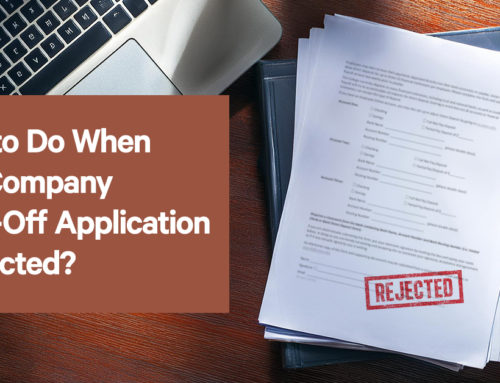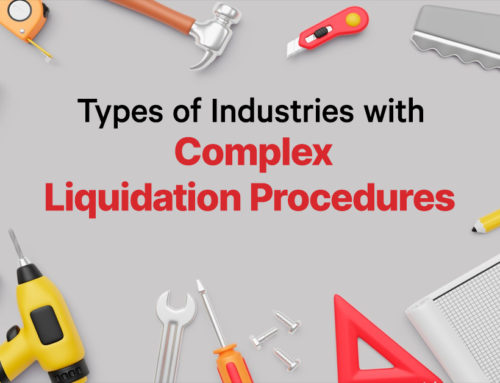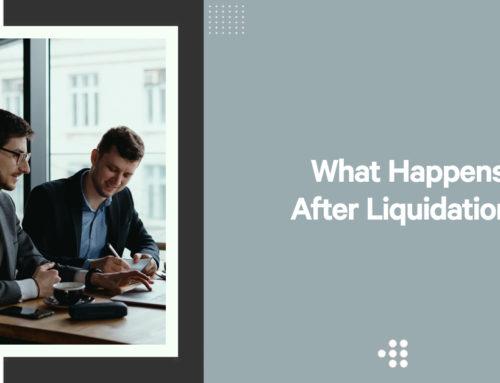In the UK, there is a set process to closing down or restructuring a limited company, whether it is solvent or insolvent. This process is known as liquidation and can only be handled by a licensed insolvency practitioner (IP) in accordance with the Insolvency Act 1986.
Types of liquidation proceedings
There are four main types of company liquidation process:
- Creditors’ Voluntary Liquidation (CVL);
- Compulsory liquidation;
- Administration; and
- Members’ Voluntary Liquidation (MVL).
The first three are applicable to companies that are insolvent, i.e. their debts are greater than their assets and they are unable to pay their creditors. The last one, an MVL, is applicable to a solvent company only that wishes to close down or is facing a major restructure.
Creditors Voluntary Liquidation (CVL)
A CVL is a formal company liquidation process whereby the directors voluntarily choose to cease trading and wind up an insolvent company. If a company is unable to meet its financial liabilities when they fall due and its liabilities are greater than its assets, it is deemed an insolvent company. In these circumstances, it is important that the company ceases trading; if the business continues to trade, the directors could be held personally liable and it could result in the insolvency practitioner reporting wrongful trading, known as misfeasance, which may lead to legal action.
The directors appoint an insolvency practitioner and once this has been agreed and confirmed, there is a meeting with the shareholders. They have to agree that the company is (a) insolvent, and (b) the best option is a Creditors Voluntary Liquidation. Of course, if there are no shareholders, this step of the process is not necessary.
The IP takes control of the company and starts the company liquidation process. The directors are no longer involved in what happens, including the sale of the company’s assets. However, if the directors want any of the assets, they can notify the IP. This is known as an ‘in specie’ distribution and the IP arranges for the assets to be transferred but the directors must pay the current value of the asset.
The appointed insolvency practitioner liaises and negotiates with the company’s creditors, collects any outstanding book debts, handles any employee redundancy claims, arranges for assets to be valued and sold, distributes the realised funds to creditors in accordance with the Insolvency Act 1986’s specific order, submits the necessary reports to finalise and pay any tax liabilities, and finally closes the company including applying for it to be removed from Companies House register.
Compulsory liquidation
The compulsory liquidation process is very similar to that of a CVL. The main difference is that the company’s creditors applied to the court for a winding up order which forces the insolvent company into a liquidation process.
In most cases, creditors take this action as a last resort because they haven’t received payment through other forms of negotiation. The court appoints an insolvency practitioner, also known as an official receiver, to conduct the compulsory company liquidation process. They take control of the company from the directors, although at least one director remains to work with the official receiver in winding up the company.
This type of company liquidation is not voluntary and directors’ conduct is reported to the UK’s Secretary of State once the liquidation process has been completed. Therefore, any director that fails to cooperate with the IP or has been involved in director misconduct, or a fraudulent act, may result in serious repercussions.
Administration
Administration is an alternative to liquidation when winding up an insolvent company. It is used as a way to protect the company from any legal action by its creditors. The directors of the company agree to make regular payments to settle their debts over a period of time. The appointed administrator handles the voluntary administration process, and receives the payments which they then distribute to creditors according to the agreed amounts. Once the agreement is in place, the administrator hands back control to the directors but continues to act as a supervisor. Alternatively, the insolvency practitioner will look to find a buyer for the company.
If a company is not able to agree a debt management plan with creditors, the administrator takes over the company with the aim of agreeing better payment arrangements for the creditors. An administrator will draw up a Deed of Company Arrangement (DOCA) which is binding for all parties.
The voluntary administration process starts with a moratorium period that lasts for eight weeks and stops any creditor from taking legal action. This provides the company with time to develop a plan going forward to rescue the company and avoid liquidation. However, at this point, directors hand control of the company over to the appointed administrator.
Members’ Voluntary Liquidation
If a company is solvent but the directors and shareholders want to close the business, a Members Voluntary Liquidation is the right option.
For a company to be considered solvent it must have the necessary resources to pay off all its creditors within 12 months, such as being able to pay its VAT and Corporation Tax to HMRC. There are various reasons why directors of a solvent company may want to close a company:
- The owner/directors of the company want to retire
- There is no-one to take over the company should the owners/directors wish to retire
- The purpose of the company no longer exists
- A contractor wishes to wind up the company to take on a full-time role elsewhere
- The company is being restructured or the structure is being simplified under Section 110 of the Insolvency Act 1986
- The company is being divided or it’s a demerger and assets need to be transferred. This is known as a ‘restructuring members’ voluntary liquidation’.
The company liquidation process is managed by a liquidator appointed by the directors and shareholders of the company and they must sign a declaration that there are no creditors remaining. The liquidation process for an MVL is similar to that of a CVL in that assets are realised but the proceeds are distributed to the directors and the shareholders of the company after the liquidator’s fees have been paid. The shareholders will receive their regular dividend as well as a liquidating dividend, which is their investment back.
If you are considering winding up an insolvent or solvent company, or you are facing a compulsory liquidation, the first step is to seek professional advice. Our highly experienced professionals at Leading UK are on hand to help on any of these issues.






